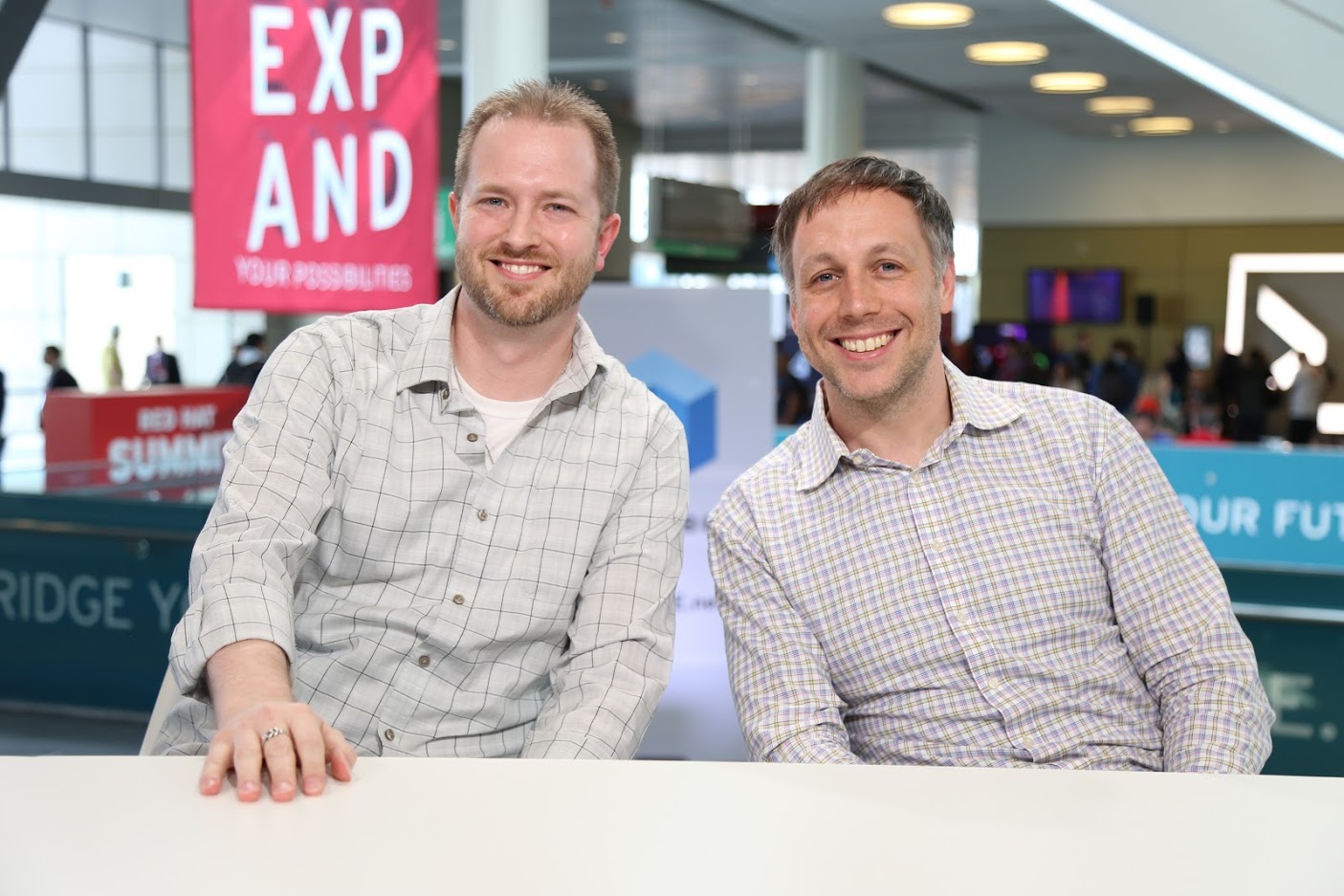 INFRA
INFRA
 INFRA
INFRA
 INFRA
INFRA
In the past five years alone, containers have evolved from a niche technology to a must-have platform for deploying cloud-based applications and services. This rapid growth is driving demand for specialized tools and microservices to optimize and secure containers across all the major cloud platforms.
With open source at the center of modern software specialization, Red Hat Inc. has played a critical role in the enterprise adoption of container technology. The industry pioneer has seen success with its OpenShift family of containerization software and made waves with this week’s launch of RHEL 8. The highly anticipated operating system upgrades have a dedicated objective to improve security and usability for container technology within multicloud environments.
“A few years ago, everyone was hedging their bets on ‘what orchestration am I going to use? What piece am I going to build my stack with?” said Ben Breard, principal product manager of containers and CoreOS at Red Hat. “And now it’s much clearer. It’s well-defined. OpenShift is huge, huge growth for us in that space. It’s a lot easier for customers to get in that game now.”
Joined by Scott McCarty, principal product manager of containers at Red Hat, the two sat down with John Walls (@JohnWalls21) and Stu Miniman (@stu), co-hosts of theCUBE, SiliconANGLE Media’s mobile livestreaming studio, during the Red Hat Summit in Boston. The group discussed RHEL 8 improvements and its expected impact on the container market (see the full interview with transcript here). (* Disclosure below.)
[Editor’s note: The following answers have been condensed for clarity.]
Miniman: Five years ago, containerization was something most people hadn’t heard about. Here in 2019, entire crowds are trying to dig in and are very enthusiastic about understanding the tools. What is precisely their excitement?
McCarty: Five years ago, probably one person would have fired up a container. Even last year it was probably 40% of the people; now it’s 100%.
I joke — five years ago it was like using a knife. You cut everything with it, vegetables, meat, or whatever. In the container world, there was just one thing, and you’re just figuring out Docker or Kubernetes. But now it’s about refining all the tools because we have special paring knives, a chef knife, the Hibachi knife. With all these different and more specialized tools, it’s getting exciting.
Miniman: Let’s dig into security. It’s definitely a focus of the RHEL 8 launch. Anything new or nuanced the audience should understand?
Breard: There are three essential points on the security side. One is, our container tools basically inherit the full Linux security model. In RHEL 8, the privileged socket that can act as a weak vector is gone.
We also have new central crypto policies for the OS, which works in the container as well. So if you want to enforce a particular security layer with crypto, you could do it with RHEL 8 for the hosts and images as well. We also have new tools that allow you to build smaller containers. So if you’re putting less content in that image, that’s a much smaller vector.
Walls: How do the capabilities change in terms of RHEL 8?
McCarty: In RHEL 8 you’ll see that there are three main lower level tools that we have: Podman, Buildah and Skopeo. Those tools are built serving a UNIX mindset. You can pipe things together and use them collaboratively to remotely inspect, pull or build images from scratch. You can now run them locally or as a non-root container.
We’re not releasing Docker in RHEL 8. So the transition there is probably the biggest transition for users. We have broken this apart into three littler tools that we can then use.
Miniman: The Universal Base Image … tell us how that this is going to impact [the community]?
McCarty: It allows a set of collaboration that we’ve never been able to do with the RHEL base image historically. With UBI … you can now run it anywhere you want, distribute it anywhere you want. Just the distribution alone is exciting.
When you build on RHEL and run again on RHEL, it’s completely supported. But you can now push it out to a public registry and let it sit out there, and other people can use it and experiment. Just as the name implies, universally use it for anything you want.
Miniman: Multicloud is where customers are today. But one of the lock-ins they have is the skill sets for different tools. How do the tools you have fit into this space?
Breard: We address it on multiple levels. So at the core is RHEL. So RHEL 8 is compatible with those cloud platforms, such as AWS, Azure and Google Cloud. RHEL 8 is everywhere; it’s pervasive today. A level up the stack, you’ve got the container images. Go a level up, you’ve got OpenShift that is pervasive everywhere.
But now we’re doing cool things in Kubernetes, like the machine API and all these other things to control those individual cloud infrastructures.
Watch the complete video interview below, and be sure to check out more of SiliconANGLE’s and theCUBE’s coverage of Red Hat Summit 2019. (* Disclosure: TheCUBE is a paid media partner for Red Hat Summit. Neither Red Hat Inc., the sponsor for theCUBE’s event coverage, nor other sponsors have editorial control over content on theCUBE or SiliconANGLE.)
THANK YOU